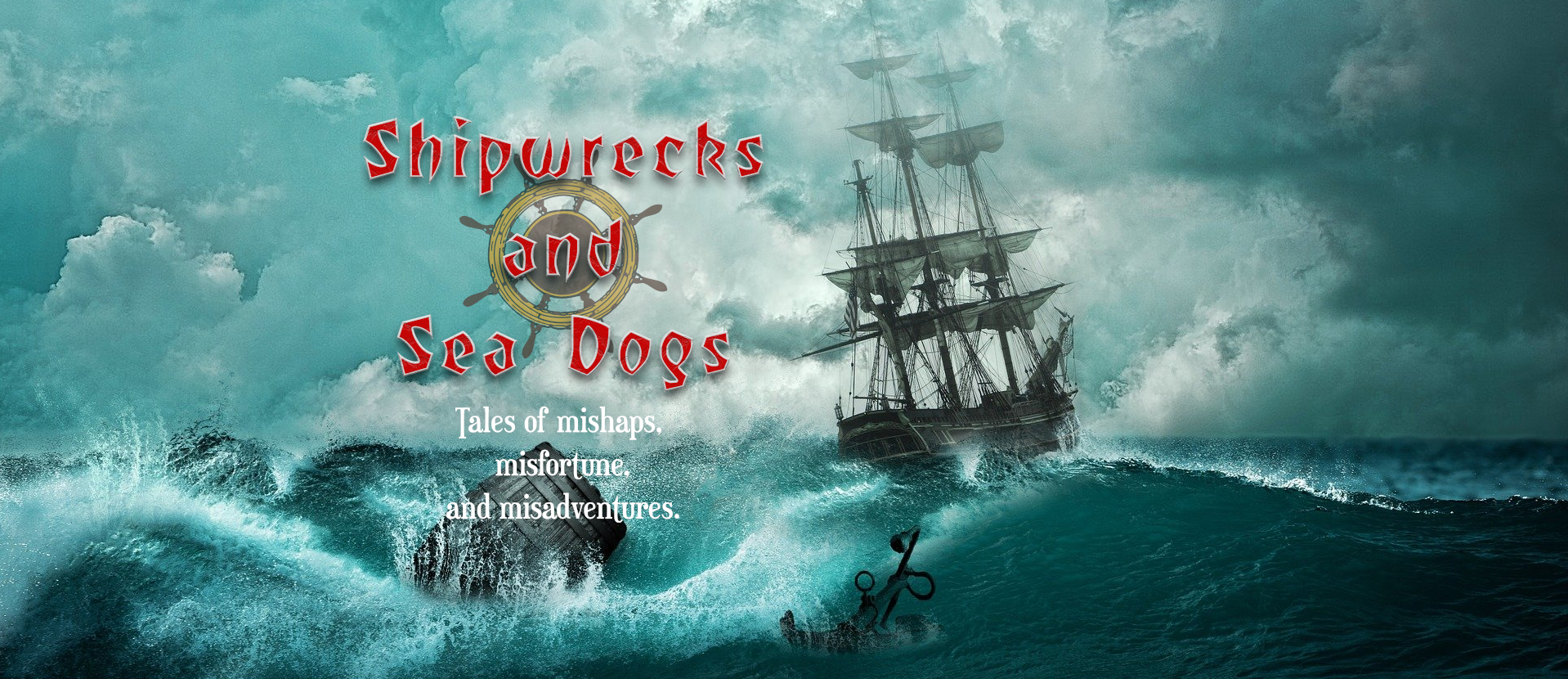The legend of the most famous of all ghost ships, The Flying Dutchman, began most likely with the Dutch East India Company in the 17th century. According to the legend, the ship is doomed to sail the seven seas for eternity, never able to reach shore, and if contacted by another ship, the crew of the Flying Dutchman might reply or send messages to the dead. The ship was often reported to be floating in the air.
The first reference to The Flying Dutchman was in Travels in various part of Europe, Asia and Africa during a series of thirty years and upward (1790) by John MacDonald:
“The weather was so stormy that the sailors said they saw the Flying Dutchman. The common story is that this Dutchman came to the Cape in distress of weather and wanted to get into harbour but could not get a pilot to conduct her and was lost and that ever since in very bad weather her vision appears.”
The Lore
Superstitions abound regarding the ghost ship. Some believe the ship suffers from an evil curse, while others say seeing the Flying Dutchman is a warning of impending doom. The ship has appeared in various circumstances: during rough seas, cruising in calm seas and speeding along in full sail. Those who have seen it have reported the ship emanated a ghostly light. Some even reported the ship was floating in the air, through clouds and fog.

Probably the most famous sighting is that of Prince George (future King George V) and his older brother Prince Albert Victor, in 1881 aboard the HMS Bacchante. The princes recorded the following in their log on July 11, 1881.
“July 11th. At 4 a.m. the Flying Dutchman crossed our bows. A strange red light as of a phantom ship all aglow, in the midst of which light the masts, spars and sails of a brig 200 yards distant stood out in strong relief as she came up on the port bow, where also the officer of the watch from the bridge clearly saw her, as did the quarterdeck midshipman, who was sent forward at once to the forecastle; but on arriving there was no vestige nor any sign whatever of any material ship was to be seen either near or right away to the horizon, the night being clear and the sea calm. Thirteen persons altogether saw her … At 10.45 a.m. the ordinary seaman who had this morning reported the Flying Dutchman fell from the foretopmast crosstrees on to the topgallant forecastle and was smashed to atoms.”
Rose, Kenneth (1983) King George V
Just Physics?
Of course, the more practical of thinkers believe all these sighting are an optical illusional; a product of the physics of light refraction called a superior mirage or Fata Morgana. Another optical illusion called looming could also result in a reflection of a ship just over the horizon appearing in the air.
Those who claim to have seen it, certainly believe.


